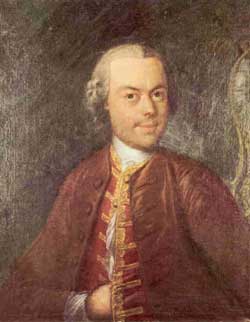

An automaton is a machine or mechanism that can perform a set of tasks (mostly) on its own. Like a Carousel.
The word “automaton” originates from the Greek word αὐτόματον, which means to “act of one’s own will”.
Automaton is often used to describe something mechanical , especially a machine that mimics human or animal behaviour, like a cuckoo clock.
Automata have fascinated humans since ancient times.
Research


Take some time to research the wonderful world of automata, as imagined in myths and legends (like the winged bronze giant Talos), as well automata created in real life (like the ones shared below).
1. Pierre Jaquet-Droz automata

Pierre Jaquet-Droz (1721–1790), his son Henri-Louis (1752-1791), and Jean-Frédéric Leschot (1746-1824), build automata made of thousands of mechanical pieces.
“Some consider these devices to be the oldest examples of the computer. The Writer, a mechanical boy who writes with a quill pen upon paper with real ink, has an input device to set tabs, defining individual letters written by the boy, that form a programmable memory. It has 40 cams that represent the read-only program. The work of Pierre Jaquet-Droz predates that of Charles Babbage by decades.” (Wikipedia)
You can see some of his work in the video below.
2. Create simple automata with Origami
With an internet search, you will find paper-folding instructions on how to make simple moving Origami, such as the Paper Frog that opens and closes its mouth (shown below).
3. Create more complex paper automata
With an internet search, you will find instructions on how to make more complex paper-based automata, such as the Windmill (shown below).
4. Create abstract automata
Automata do not have to be physical.
They can be abstract. Like a diagram of how a mechanism works.
Let’s build an abstract automata of how turnstiles and vending machines work.
Abstract automata deal with methods to describe, analyze, and understand discrete systems, like computers.
The inputs and outputs of discrete systems are either ON or OFF (or either 1 or 0).
Abstract automata are used in the development of computational theory.
